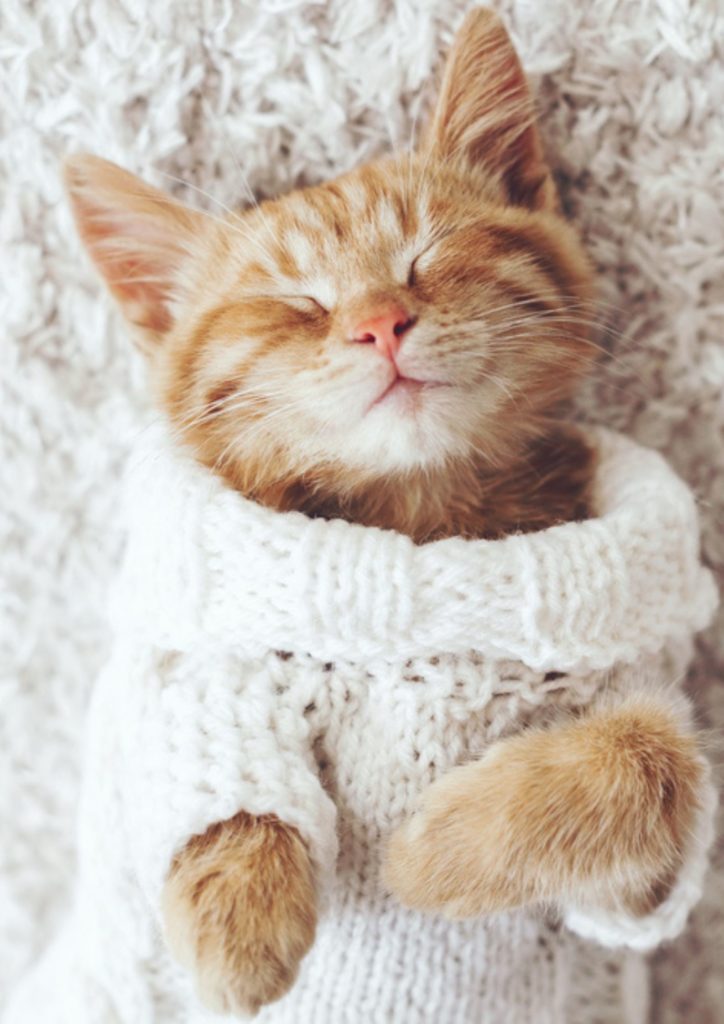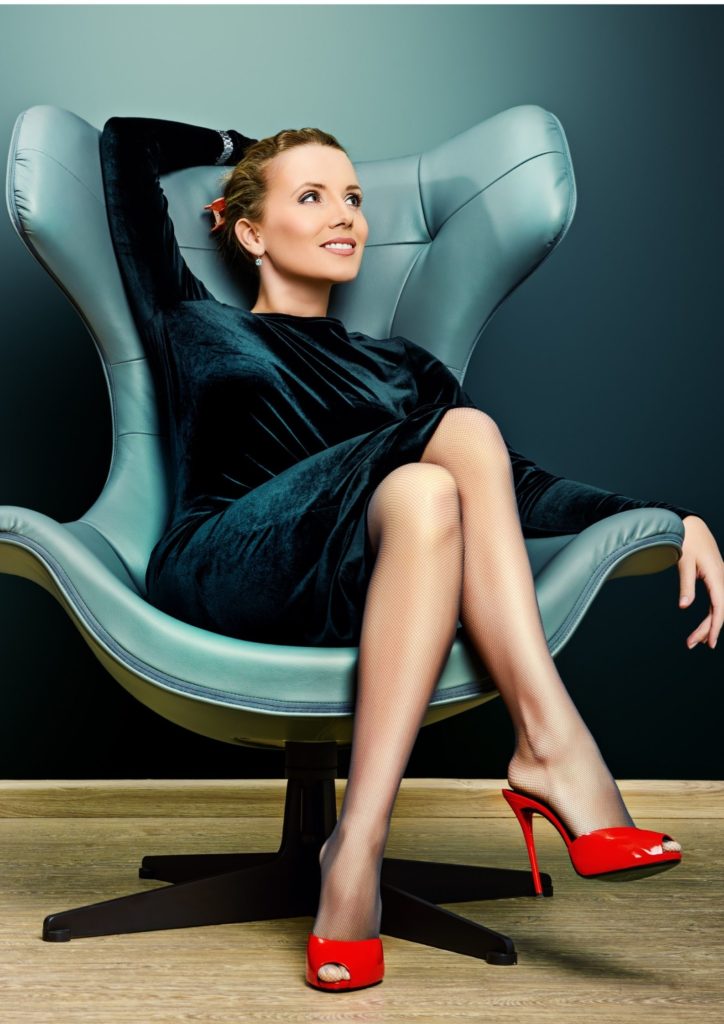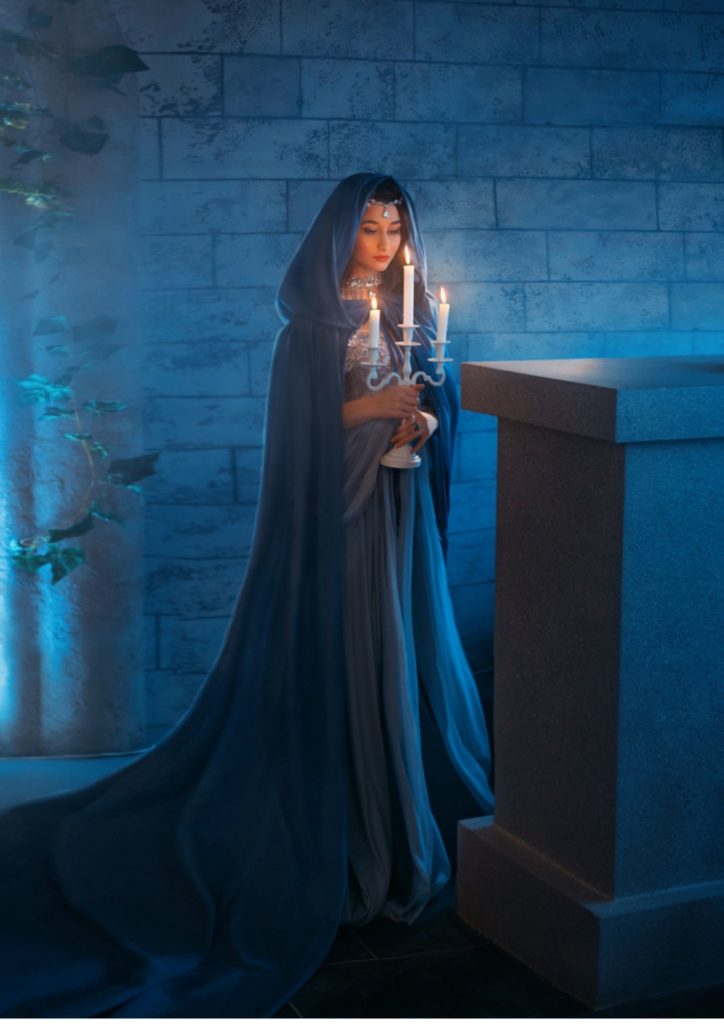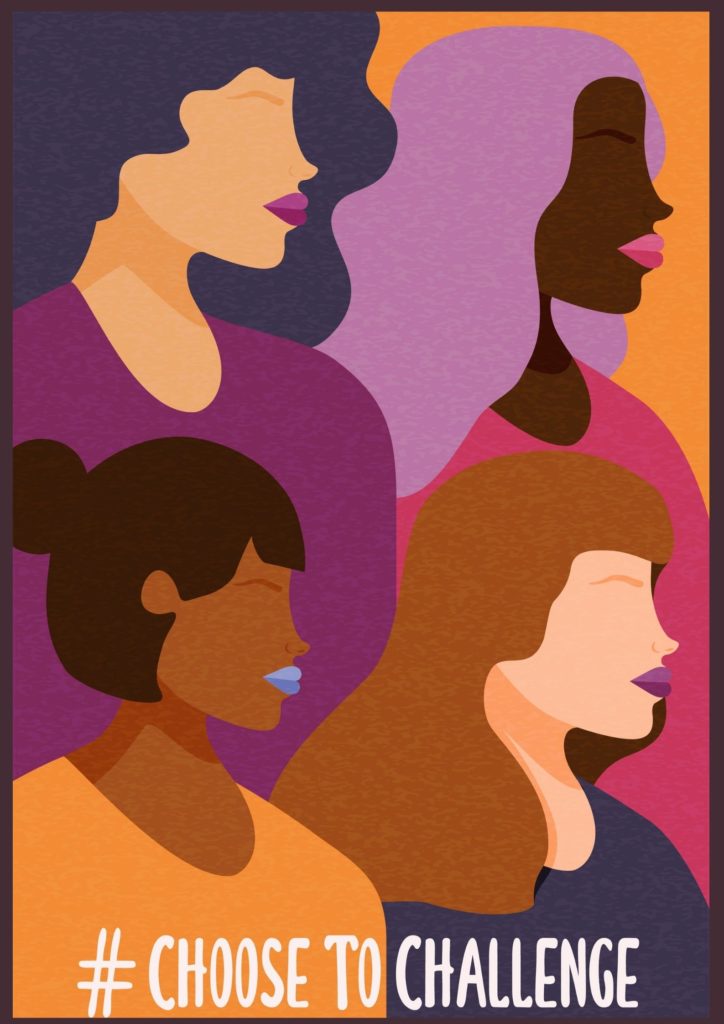It’s been over a year that a simple t-shirt/top and leggings, jeggings, and joggers have become our wardrobe staple. Maybe once in a while, we might want to throw on a nice dress or skirt. But we must admit that the comfort of these basic, regular clothing is now too hard to pass. So much so that perhaps the desire to dress up and be all sharp is fading. It doesn’t matter if it’s a good thing or a bad thing. What matters is, that we have now realized what’s most important in what we wear – comfort.
These daily staples in minimalist shapes and also fabrics that feel next to skin, have become the embodiment of “comfort clothing”.
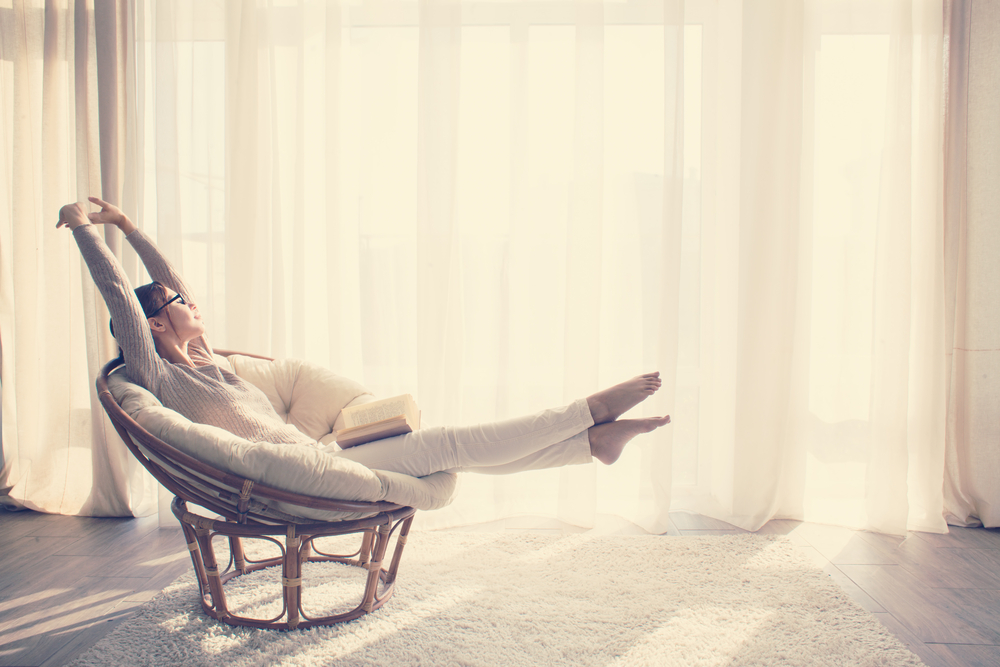
One may want to believe that it’s the year-long practice of staying at home that has evoked this feeling. And that the ultra-relaxed wardrobe we are indulging in, is a contemporary trend. But surprisingly no!
Comfort has always been an integral part of our sartorial choices, only in different shapes and sizes.
Evolution of comfortable clothing
If we look back at the history of fashion and the evolution of clothing, it becomes clear that comfy clothing is a decades-long trend.
Look at clothes like caftans, gowns, robes, sleep shirts, and pajamas. They were the relaxed clothing of the yesteryears. Some of them were even invented in the early days of human civilization! For instance, T-shaped clothing items have been found in artifacts from the Bronze Age. While fashion over generations evolved in different dimensions, comfort has always been important. Otherwise, people would have never craved plush fabrics and flowy drapes.
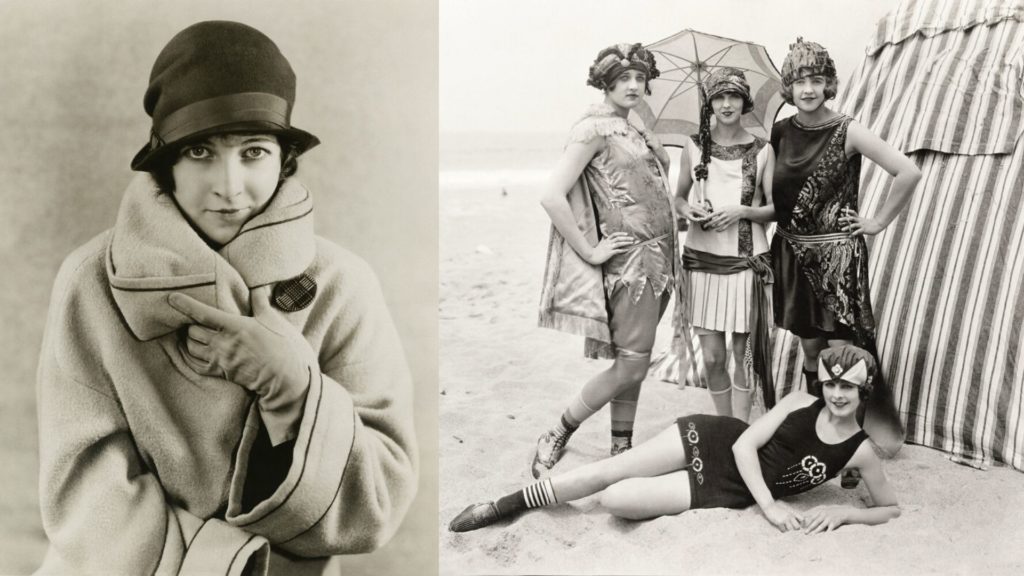
There’s no denying that centuries ago, clothing seemed restrictive and uncomfortable, but the turn of the 20th century saw a shift. Remember the 20s? The low-waist, loose-fitting dresses, men’s slacks, and oversized coats/jackets were top-of-the line fashion. In the next couple of decades, the rise of synthetic fibers took it to the next level. People now could easily wear, rinse, repeat clothes without much care.
The point is, when it comes to clothing, it’s always has been and will be about comfort. The comfort of mind, body, and ease of dressing up.
The comfort of clothing
This is how it works.
When we wear something that is easy on the body, it’s physical comfort. For instance, relaxed-fit designs, soft fabrics, and easy maintenance. It’s mostly to do with the tangible aspects of clothing.
On the other hand, when a garment makes us look good and feel good, or touches our emotions, it becomes psychologically comforting. For instance, a motif that speaks to us, or a dress that is gifted, a jacket that reignites nostalgia. The physical aspects of the clothing here become secondary. An old pair of sweatpants or the high-school jersey brings back the feeling of “good old days”. It doesn’t matter if the fabric looks all worn-out or if it’s made of cheap material.
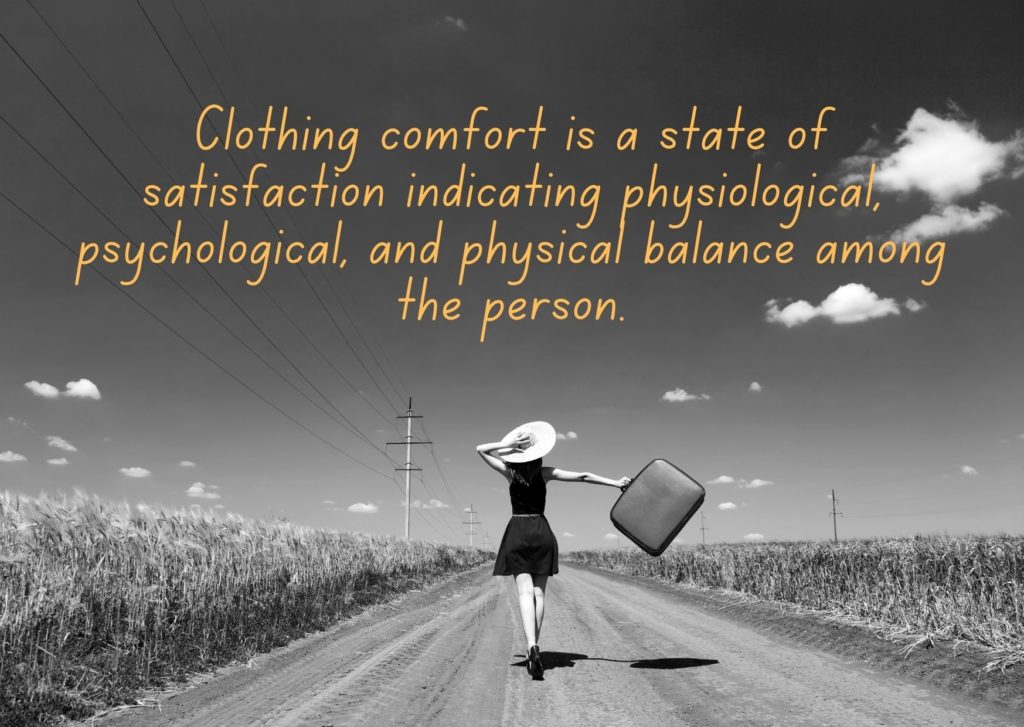
The current evolution of easy-to-wear clothing is more to do with the psychology of it.
It’s the deep-seated feeling of wanting to be closer to ourselves, feel at home, not just physically but psychologically too. And needless to say, clothes have a lot to do with how we feel or how we want to feel. Wearing a pair of leggings and a nice sweatshirt (not necessarily worn out) gives you that feeling of getting cozy and feeling relaxed. We want clothes that we can ease into, that don’t need a lot of energy and make us feel positive in them.
Clothes we wear must make us relieved in one way or another. Because that is the ultimate goal of fashion. It doesn’t matter what it is, as long as it gives us mental and physical comfort.
And probably that’s how the future of fashion would look – feel-good, fun, and fair clothing.
